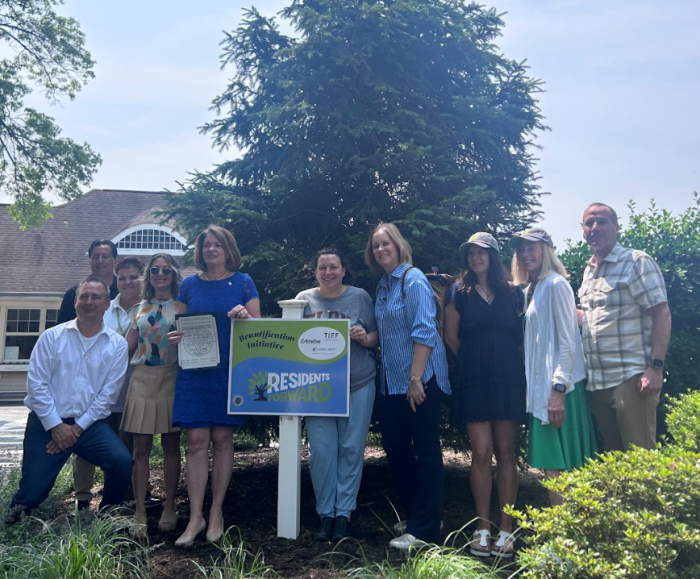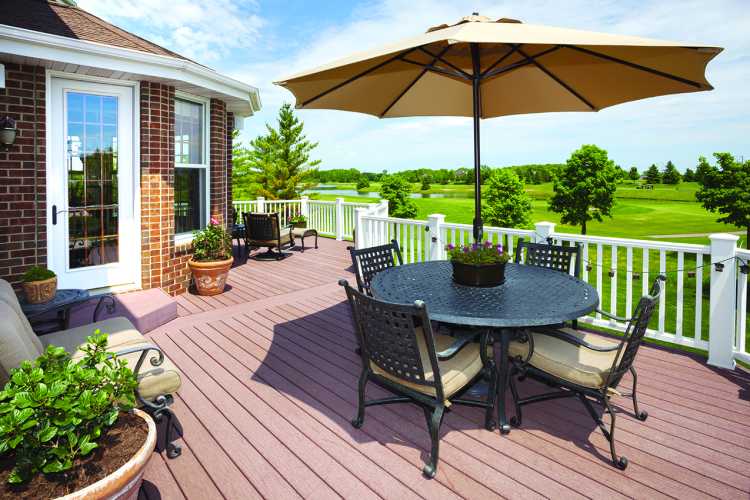The statewide ban on residential brush burning in smaller communities officially ended May 15 with a 60-percent reduction of wildfires in New York since the burn ban went into effect in 2010, the state Department of Environmental Conservation (DEC) announced today.
Wildfire reports submitted by DEC’s Forest Rangers show that 20 percent (13 of 65 fires) that occurred during this year’s spring wildfires in upstate New York were caused by people burning debris. This is down 51 percent from 2000 through 2009, before the burning ban took effect. This indicates that spring 2012 had 60 percent less wildfires than the average of the previous 10 years prior to the burning regulations and spring burning ban.
Although 2012 had an exceptionally dry spring with record high temperatures, the first half of the spring fire season (March 16 through April 15) had a slightly less (7 percent) number of wildfires caused by reasons other than debris burning when compared to the previous 25 years. During the height of the 2012 spring wildfire season, DEC Forest Rangers flew with State Police and Civil Air Patrol pilots to look for wildfires and spot illegal open burning. During ten two-hour flights, six wildfires were discovered while only three illegal burns were identified. All of this indicates that there are significantly less wildfires due to New Yorkers complying with the burning regulations and spring burning ban.
In 2009, New York toughened restrictions on open burning to reduce harmful air pollutants and help prevent wildfires. While the burn ban regulation allows residential brush burning for most of the year in towns with a populations of less than 20,000, it prohibits open burning in all communities during early spring when the bulk of New York’s wildfires typically occur. The state regulation prohibits the burning of garbage at all times and in all places.
Several factors enable wildfires to start easily and spread quickly at this time, including the lack of green vegetation, abundance of available fuels such as dry grass and leaves, warm temperatures and wind.
Open burning is the largest single cause of wildfires in New York state. Data from DEC’s Forest Protection Division shows that debris burning accounted for about 36 percent of wildfires in the state between 1985 and 2009, which is more than twice the next most-cited cause.
Some towns are designated “fire towns” primarily in and around the Adirondack Park and Catskill Park. Under the Environmental Conservation Law, open burning is prohibited at any time in these municipalities without a written permit from DEC. To find out whether a town is a designated “Fire Town” or to obtain a permit, parties should contact a DEC regional office. For a directory of the DEC Regional Offices, visit http://www.dec.ny.gov/about/558.html on the DEC website.
Violators of the open burning state regulation are subject to both criminal and civil enforcement actions, with a minimum fine of $500 for a first offense. To report environmental law violations call 1-800-TIPP DEC (1-800-847-7332), or report online at http://www.dec.ny.gov/regulations/67751.html on DEC’s website.
A list of questions and answers on the open burning regulation is available at http://www.dec.ny.gov/chemical/58519.html on DEC’s website.


































